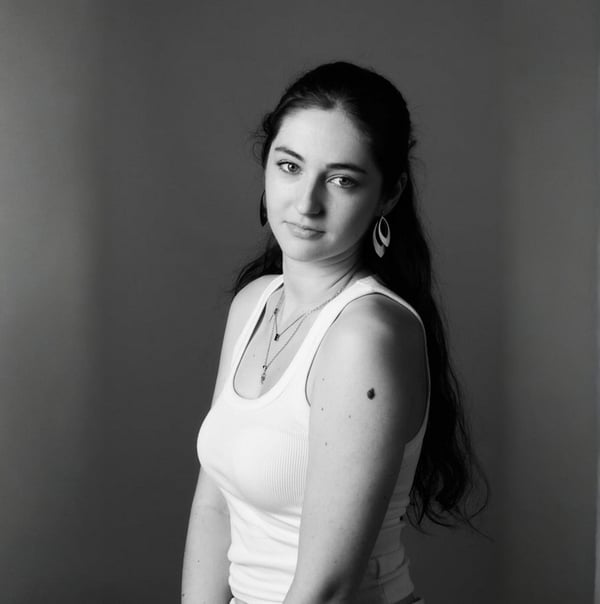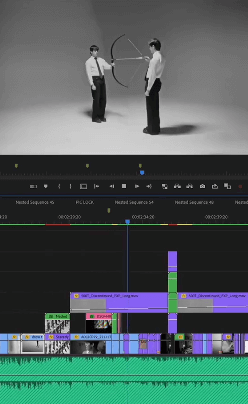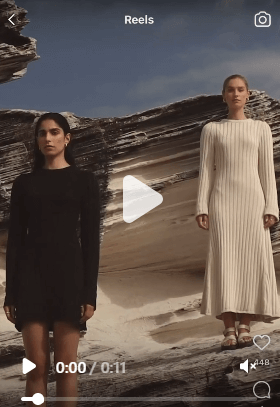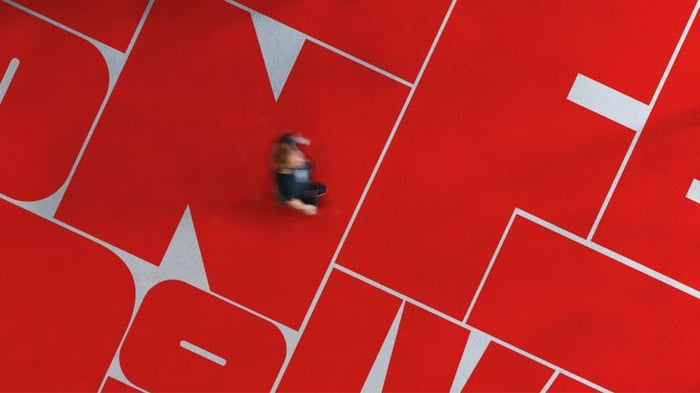AI-Powered Video Creation: How Artificial Intelligence is Revolutionizing Video Production
Table of Contents
- What Is AI-Powered Video Creation?
- Fashion and the Video Content Evolution with AI
- Human Creativity in the Age of Automation
- Modelia: Innovation and Intelligence in Video Creation
- Practical Applications of AI Powered Video Creation
- How AI Is Changing Digital Marketing
- The Future of Video Production
- Regulations, Ownership, and the Legal Future of AI-Generated Content
- The Ultimate User Guide to Virtual Try-On Features: How to Get the Best Experience
- The Path Forward: Creativity Meets Intelligence
Artificial intelligence has been reshaping various sectors of the economy, and the fashion and audiovisual industries are no exception. AI-powered video creation is becoming an indispensable tool for brands that want to stand out in the digital landscape. Just as machine learning has transformed image generation with stunning results, we are now seeing a similar transformation in video production, only faster and more dynamic.
What Is AI-Powered Video Creation?
AI powered video creation refers to the automated process in which intelligent algorithms generate video content using simple inputs such as text, still images, or product data. This process may involve scriptwriting, narration, digital avatars, music selection, and editing all powered by AI. In short, AI handles the heavy lifting that used to require an entire production crew.
Key Advantages of AI Powered Video Creation
Lower production costs and faster delivery
Scalability for multi-platform campaigns
Mass personalization capabilities
Democratization of high-quality video production
Fashion and the Video Content Evolution with AI
The fashion sector is one of the most positively impacted by this technology. Brands are leveraging AI tools to create highly visual, dynamic, and engaging content, often with speed and flexibility previously considered impossible.
Fashion Brands Leading the Way
H&M: Used AI-generated digital models for global campaigns, reducing production costs while expanding their digital footprint.
Levi’s: Experimented with AI to simulate digital twins wearing different outfits to test market reactions.
Mango and Estée Lauder: Leveraged AI to create personalized promotional videos based on customer behavior and trends.
These brands aren’t just adopting new tools, they’re reimagining their marketing and branding strategies.
Human Creativity in the Age of Automation
As AI takes on a more central role in the technical and operational aspects of video production, a new question arises: what becomes of human creativity? Far from being rendered obsolete, human input becomes even more valuable in guiding, curating, and infusing emotional depth into content generated by machines. Storytelling, after all, is not just about visuals and narration, it's about creating a connection. While AI can structure and scale video content, it lacks the instinctive understanding of culture, humor, or empathy that human creators bring. As such, creatives are transitioning into new roles as AI collaborators, strategists, and quality controllers, ensuring that what is produced still resonates with real human experiences and values.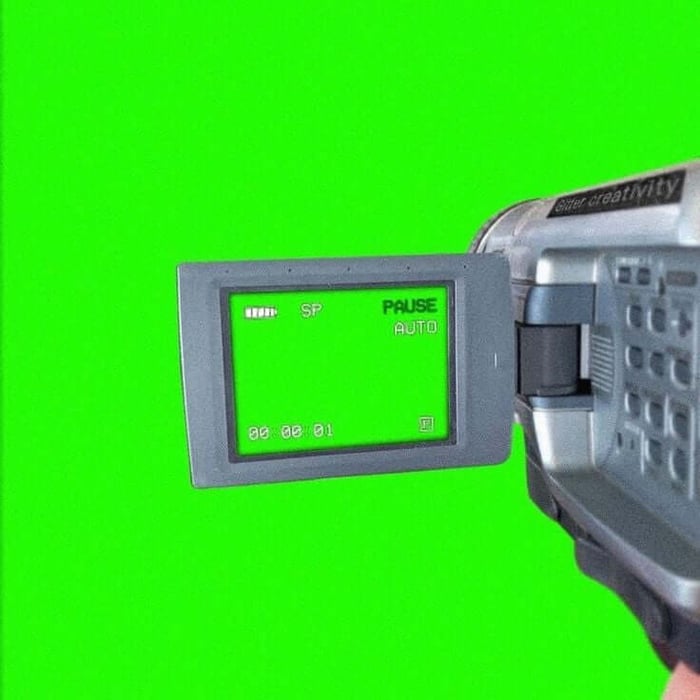
Modelia: Innovation and Intelligence in Video Creation
Modelia is one of the most promising companies in this space, providing an intuitive AI-powered platform that allows brands and creators to generate professional videos quickly and efficiently.
What Makes Modelia Stand Out?
User-friendly interface: No technical expertise required.
Smart automation: Scriptwriting, visuals, and music selection handled by AI.
Fashion and retail focus: Tailored features for visually demanding industries.
Additionally, Modelia offers integration with social media platforms, e-commerce systems, and CRMs, ensuring that the videos created can be used strategically across marketing funnels.
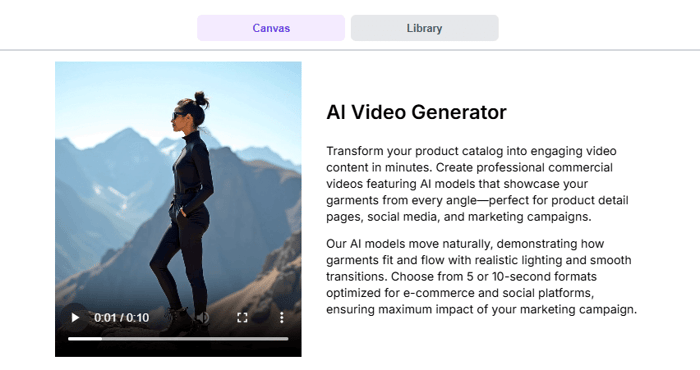
Practical Applications of AI Powered Video Creation
- Product Catalog Videos
Fashion brands can turn static product photos into dynamic video showcases with music, narrated descriptions, and visual effects highlighting product details.
- Targeted Campaigns
AI allows for generating video variations aimed at different audience segments. A retailer could produce multiple versions of a promotional video tailored by location, age group, or interest profile.
On platforms like TikTok and Instagram, where video is king, constant content output is essential. With AI, brands can maintain a steady flow of relevant and engaging videos without exhausting their creative teams.
How AI Is Changing Digital Marketing
AI’s biggest strength lies in its ability to create personalized experiences. Instead of broadcasting a single video to everyone, brands can deliver tailored content that speaks directly to each individual. AI enables quick adjustments to campaigns in response to market trends, seasonal shifts, or performance data. What once took weeks can now be done in hours.
The Future of Video Production
The rapid advancement of AI in Ai powered video creation also brings with it a set of ethical considerations that cannot be overlooked. One of the most pressing concerns is the tension between authenticity and simulation, when videos are generated by machines, especially with hyper-realistic avatars or synthetic voices, how can audiences be sure of what is real and what has been digitally created.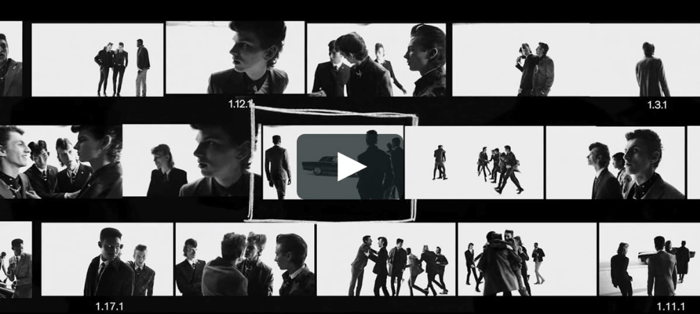 This blurring of lines raises questions about trust and transparency in media. Additionally, the use of consumer data to personalize video content demands strict ethical handling: companies must ensure that this data is collected with full consent and used transparently, respecting the privacy and rights of individuals. Finally, there's the broader social impact to consider, AI's ability to automate video production could displace certain creative and technical roles, making it imperative to address workforce transitions through reskilling programs and policies that support affected professionals. As the technology continues to evolve, these challenges underscore the need for responsible innovation that balances efficiency with integrity and inclusion.
This blurring of lines raises questions about trust and transparency in media. Additionally, the use of consumer data to personalize video content demands strict ethical handling: companies must ensure that this data is collected with full consent and used transparently, respecting the privacy and rights of individuals. Finally, there's the broader social impact to consider, AI's ability to automate video production could displace certain creative and technical roles, making it imperative to address workforce transitions through reskilling programs and policies that support affected professionals. As the technology continues to evolve, these challenges underscore the need for responsible innovation that balances efficiency with integrity and inclusion.
We are only at the beginning of the AI powered video creation revolution. The future promises:
Interactive and responsive video content
Hyper-realistic avatars with synthetic voices
Real-time narration generation
Integration with AR and VR for immersive experiences
AI, combined with other emerging technologies, is poised to revolutionize how we communicate, sell, learn, and entertain.
Regulations, Ownership, and the Legal Future of AI-Generated Content
With the widespread adoption of AI powered video creation, new legal and regulatory challenges are surfacing. A key issue is authorship: when an AI system generates an entire video based on a brief, who owns the content, the user, the platform, or the algorithm’s creator? Additionally, the risk of spreading misinformation, deepfakes, or biased content through AI-driven videos highlights the need for clear accountability mechanisms. Governments, tech companies, and creative industries must come together to define standards, ensuring that AI tools are used ethically and transparently. This includes enforcing data privacy laws, ensuring content authenticity, and protecting the rights of both consumers and creators in this evolving digital landscape.
The Ultimate User Guide to Virtual Try-On Features: How to Get the Best Experience
Virtual try-on technology is transforming online shopping, letting you see how clothes, accessories, shoes, or makeup look before you buy. But to get the most out of it, there are tips and tricks that can enhance your experience. This guide will help you navigate virtual try-on tools like a pro.
What is Virtual Try-On?
Virtual try-on combines augmented reality (AR), artificial intelligence (AI), and sometimes 3D modeling to simulate products on a user. Whether it’s trying on a pair of glasses, a jacket, or a lipstick shade, virtual try-on creates a realistic preview without the need to visit a physical store.
How to Get Started
Choose the Right Platform
Not all virtual try-on tools are created equal. Look for platforms that support high-quality 3D models, accurate sizing, and realistic textures. Many fashion and beauty brands now integrate these features directly into their apps or websites.Provide Accurate Information
For clothing or shoes, entering your correct measurements ensures the virtual fit is realistic. For accessories like glasses or jewelry, provide your face shape or hand size if the tool allows.Use Proper Lighting
When using a live camera try-on, natural or well-lit rooms give more accurate previews of colors and textures. Avoid dark or overly bright environments.Experiment with Styles and Colors
Don’t hesitate to try multiple styles, sizes, and colors. Virtual try-on allows risk-free experimentation, helping you discover options you might not have considered.Rotate and Zoom
Take advantage of interactive features like rotation and zoom. Viewing items from multiple angles ensures you understand how they look in motion and from different perspectives.Compare with Real Products
Some platforms allow side-by-side comparisons or AR overlays on your existing wardrobe. This helps visualize how new items complement what you already own.
Tips for a Better Experience
Use the Latest App Version: Updates often improve accuracy, performance, and new features.
Check Reviews and Demos: Some tools offer sample try-ons or reviews that show real-life results.
Take Screenshots: Save your favorite looks for future reference or to share with friends before buying.
Combine with Size Recommendations: Some platforms pair virtual try-on with AI size suggestions for the best fit.
Benefits of Virtual Try-On
Confidence in Your Purchases: Reduce uncertainty about fit and style.
Saves Time and Hassle: No need for multiple store visits or returns.
Personalized Shopping: Try colors, styles, and accessories tailored to your preferences.
Eco-Friendly: Reduces returns and shipping waste, benefiting the environment.
The Path Forward: Creativity Meets Intelligence
AI powered video creation is no longer a futuristic concept it is a reality transforming the landscape for brands of all sizes. Mondelia, with its innovative and user centric approach, stands at the forefront of this transformation, providing accessible and intelligent video creation solutions.
In the fashion industry, where image and storytelling are everything, AI bridges the gap between creativity and scalability. Looking ahead, the challenge will be to pair technology with ethical responsibility, ensuring that the powerful capabilities of AI serve to create more human-centered experiences even when crafted by machines.
How would you rate this article:
Related Articles
- Fashion Product Photography: Tips & Tools for Success
- 10 Best AI Video Editing Tools for Streamlined Editing and Creation
- Top Fashion Brands to Follow on TikTok
- AI Face Swapping: Transform Photos and Videos with Cutting-Edge Technology
- Top AI Tools Every Ecommerce Store Should Use
- Design Eye-Catching Magazine Covers with AI
- 8 Best AI Video Editing Tools Transforming the Future of Video Production
- Best 5 Hautech.ai Alternatives to Explore in 2025
- Top 6 Alternatives to Lalaland.ai for AI Fashion Model Generation
- The Best Fashion Photographers to Follow on Instagram

